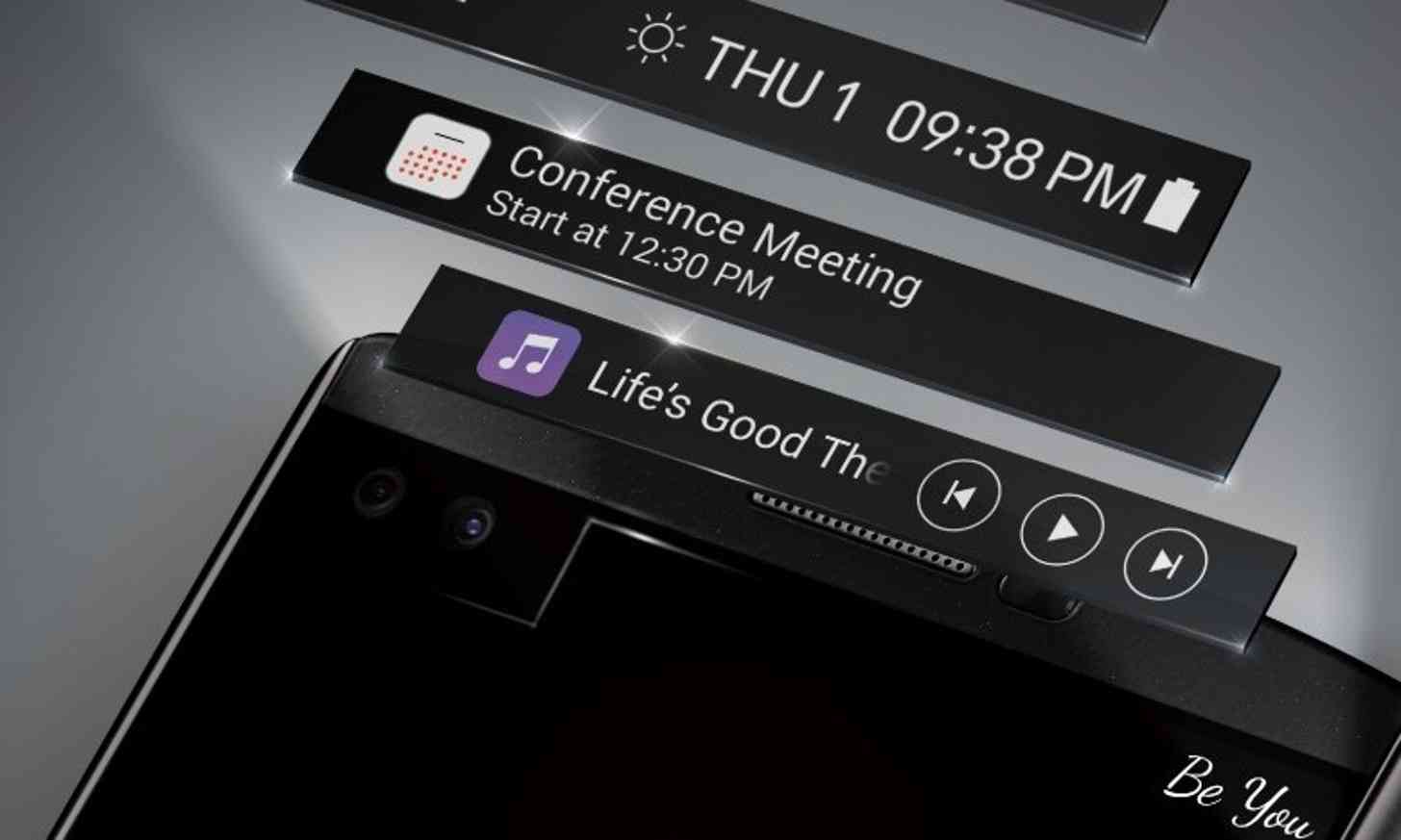
If you’ve never heard of YotaPhone, nobody would blame you. Although a third generation of the device is expected to arrive this year, it comes two and a half years after the YotaPhone 2. Not only are releases sparse compared to the annual releases we’re used to seeing, but YotaPhone also cancelled the US release of the YotaPhone 2; at best, YotaPhone was a cool concept when it was first announced back in 2013. Even today, no phone exhibits a design quite like YotaPhone’s with it’s dual-sided displays: LCD on the front and e-ink on the back.
The concept of secondary displays has been gaining popularity as of late. LG’s V series had an interesting take on the idea by adding a much smaller secondary display on top of its main display, and the HTC U Ultra has an almost identical set-up. Samsung Galaxy Edge devices are widely considered to have secondary display functionality, even if the edges are not actually a secondary display. Even Kyocera once had a smartphone with two full-sized LCD displays. Still, none are quite like YotaPhone.
I’ve always thought YotaPhone’s concept was cool. By using an e-ink display, they’re able to power a secondary screen with little sacrifice to battery life. e-ink (or e-paper) displays are how devices like Amazon’s Kindle and Pebble smartwatches (RIP) last for so long on a single charge. My Pebble Time lasts for a solid 6 days, and my Kindle Paperwhite seems to last forever before I have to re-charge it (in reality, it’s usually just shy of a month, assuming I remember to turn it off when it’s not in use).
So, when I read that YotaPhone 3 will be using the Snapdragon 625 processor (which powers phones like the Moto Z Play and BlackBerry KEYOne, both of which have excellent battery life) and a 1080p display, it leads me to believe that YotaPhone will also have excellent battery life. In fact, just about everything regarding the upcoming YotaPhone looks good: 4GB of RAM, 12-megapixel rear-facing camera, 13-megapixel front-facing camera, dual-SIM, 64 or 128GB of storage, microSD support, and a fingerprint sensor. The only thing missing is a 3.5mm headphone jack. YotaPhone 3 is said to sell for $350 and $450, respectively.
Reading about YotaPhone made me consider how useful it would be to have a secondary display on the back of the device. For me, though, I’m not sure I would want the entire back of the phone to serve as a secondary display. Instead, I would love to see a hybrid – the compact window of the LG V series’ secondary display with the placement and eInk of YotaPhone’s secondary display. A smaller interactive e-ink display on the back of the device would be my ideal setup.
As I imagined this feature on a phone, I did wonder if the rise of Always On displays might have already rendered such a thing useless, but I think it would still be useful. I have a habit of setting my phone face down, probably to “protect” the screen. Obviously, the downside to this is that I can’t see either my notifications or my notification light. There is an option on the S7 to make the edges light up when there’s a notification and the device is placed face-down on a surface, but think that having a more in-depth look of the notifications on the back of the device via a secondary display would be more useful.
Samsung already has a couple of accessories that give users a secondary display-like functionality with their line of S-View Flip covers, but I still think that a true secondary display might be able to provide a little more functionality over the limitations that come with the flip overs.
Either way, I do like the idea of having a secondary interactive display for certain things. I think both YotaPhone and LG V10/V20 have good concepts for secondary displays, but a hybrid of the two ideas would be useful as well, in my opinion.
Readers, what are your thoughts on secondary displays? Do you think they’re useful, or would it just be wasted space considering the many accessories available and phones that utilize Always On display? Let us know your thoughts in the comments!